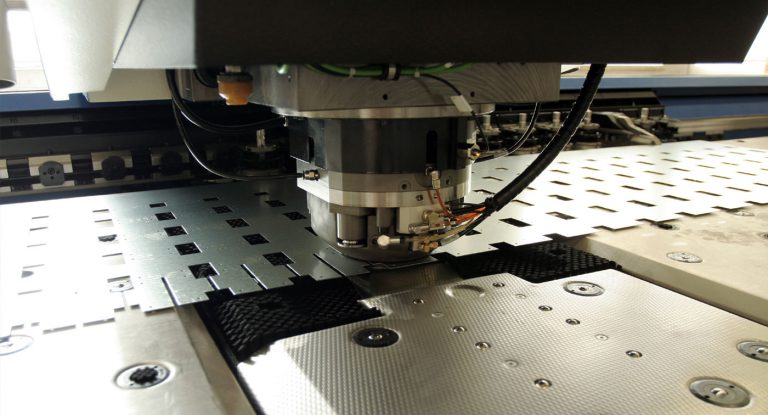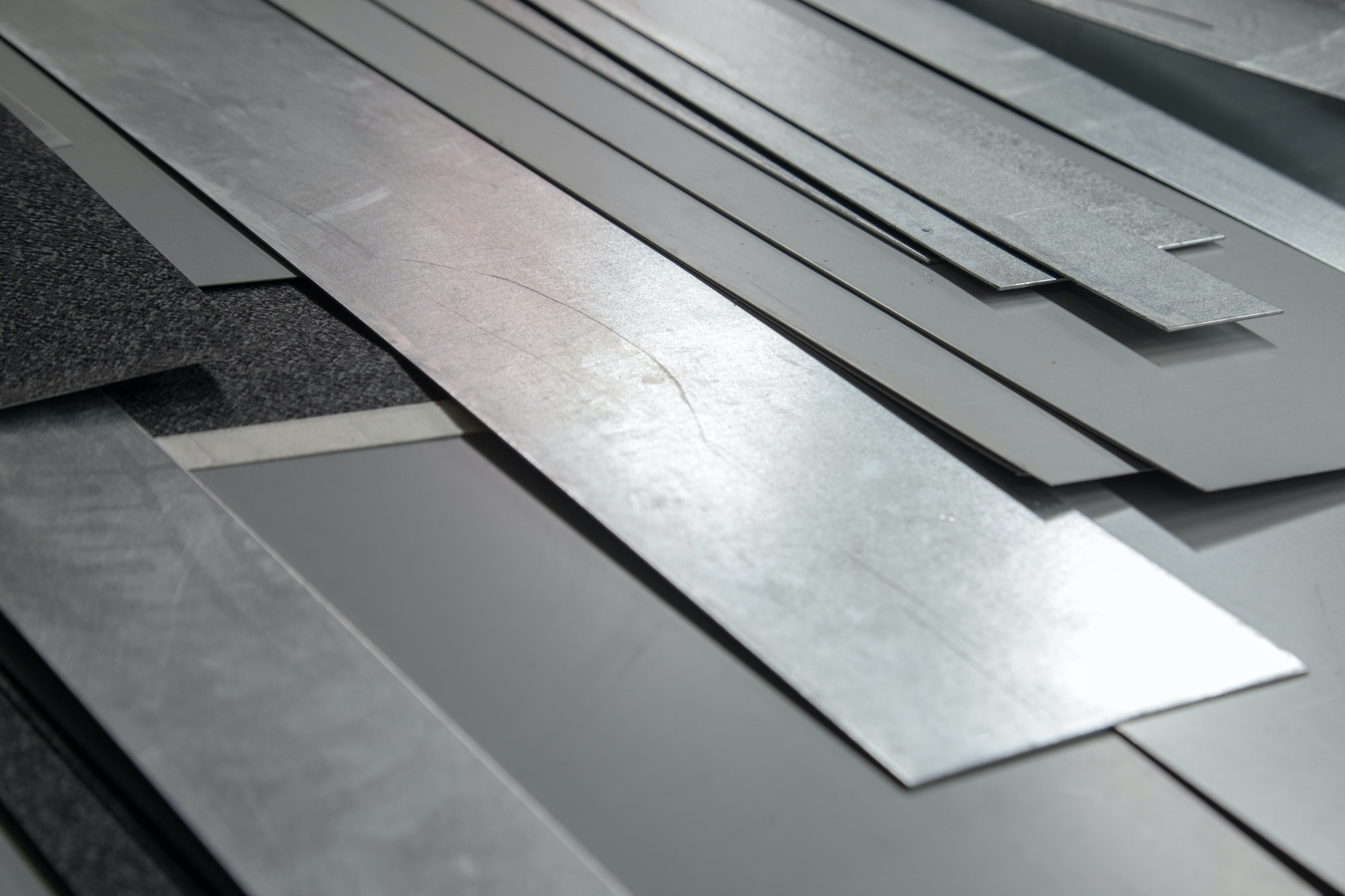Lubricants play a pivotal role in various industries, ensuring smooth operations, reduced friction, and enhanced efficiency across a wide array of applications. From automotive engines to industrial machinery, their significance cannot be overstated. Let’s delve deeper into this essential aspect of modern engineering.

What are Lubricants?
Lubricants are substances primarily used to reduce friction between moving parts, thereby minimizing wear and tear. They come in various forms such as oils, greases, and solid lubricants, each tailored to specific applications. These substances create a protective layer between surfaces, allowing them to move more freely and smoothly.
What Are the Key Applications of Lubricants?
- Automotive Industry: Lubricants are the lifeblood of engines, transmissions, and other crucial components in vehicles. They ensure optimal performance, extend lifespan, and enhance fuel efficiency.
- Industrial Machinery: In manufacturing and heavy industries, lubricants are indispensable for maintaining the functionality of machinery, preventing breakdowns, and reducing maintenance costs.
- Aviation and Aerospace: Lubricants are critical for aircraft engines, gears, and hydraulic systems, where extreme conditions demand high-performance lubrication to ensure safety and reliability.
- Marine Sector: Ships and vessels heavily rely on lubricants to protect against corrosion, enabling smooth operation of engines and gears in harsh marine environments.
What Are the Benefits of Using Lubricants?
- Friction Reduction: Lubricants significantly decrease friction between surfaces, reducing heat generation and minimizing wear and tear.
- Wear Protection: They form a protective layer that shields components from direct contact, prolonging their lifespan and reducing maintenance requirements.
- Temperature Regulation: Lubricants aid in dissipating heat generated during operation, preventing overheating and subsequent damage.
- Corrosion Prevention: By creating a barrier between surfaces, lubricants help prevent corrosion caused by moisture and other environmental factors.



How Does Geotextile Relate to Lubricants?
Geotextiles are permeable fabrics used in civil engineering and construction for various purposes like soil stabilization, erosion control, and drainage. In certain applications, lubricants are integrated with geotextiles to enhance their effectiveness. For instance, lubricated geotextile fabrics can improve soil compaction processes or aid in reducing friction between soil particles, enabling smoother movement and better stabilization.
In summary, lubricants are indispensable in numerous industries, offering benefits that contribute to enhanced efficiency, reduced maintenance costs, and prolonged equipment lifespan. Their integration with geotextiles showcases the versatility and innovation within the realm of engineering solutions.
By understanding the diverse applications and benefits of lubricants, industries can harness their potential for smoother, more efficient operations across various sectors.


